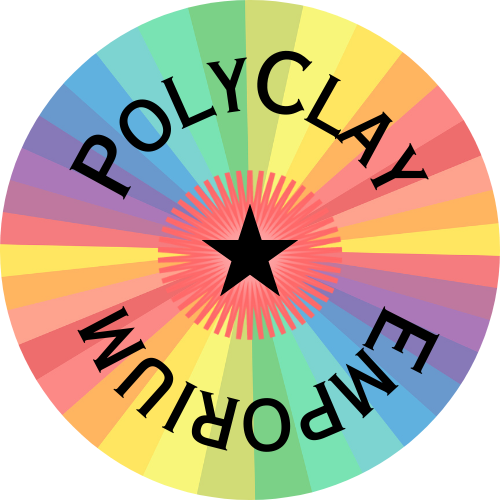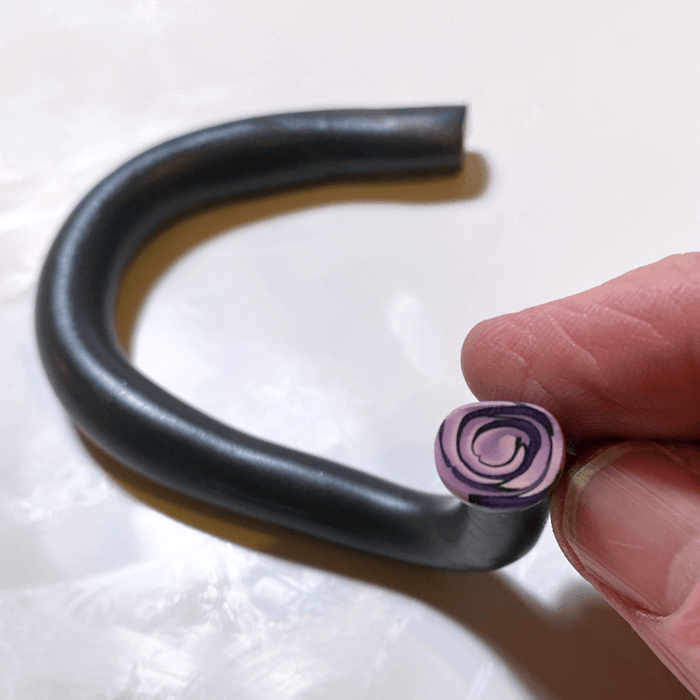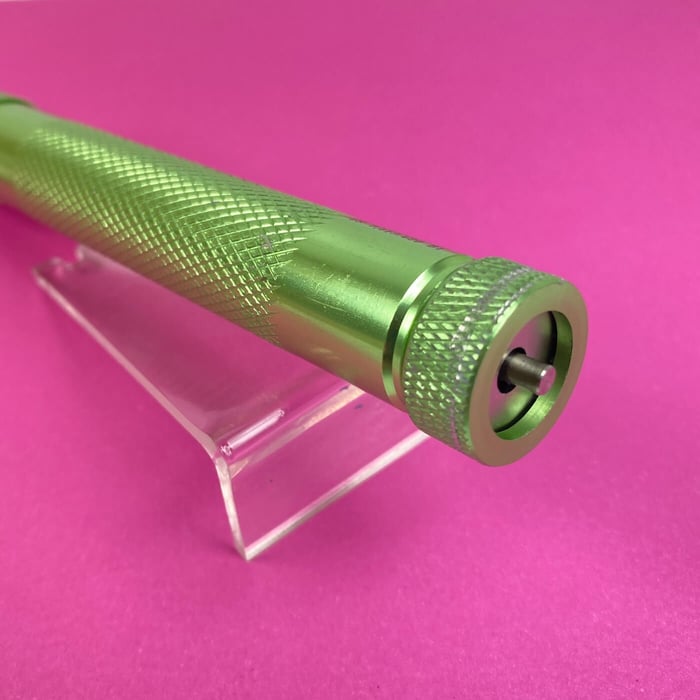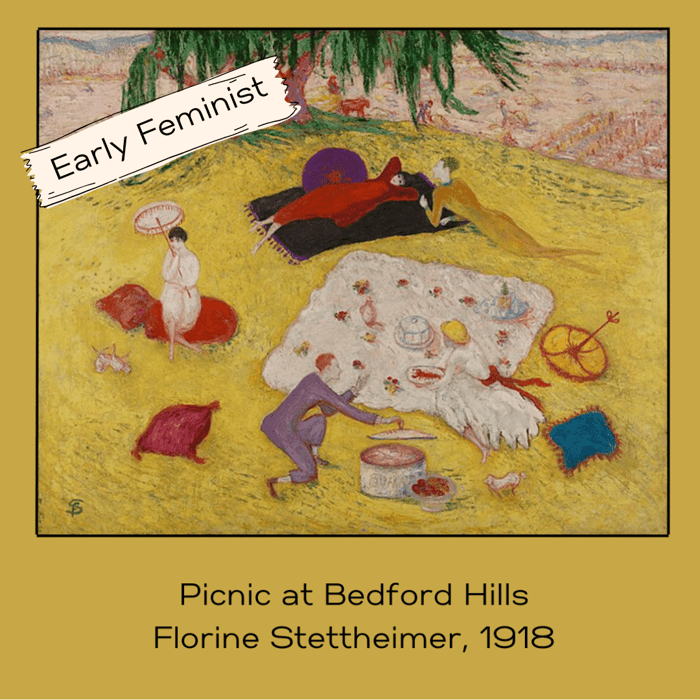In the world of polymer clay, the line between messy and delightful is often blurred by moments of unexpected inspiration. This is the tale of how a lattice cane, destined to be nothing more than a learning experience, transformed into a delightful, varicolored purple rose—a story of serendipity.
It all began with a large polymer clay lattice cane. I'd carefully crafted the skinner blends, built and assembled triangles, and arranged them in a lattice. I learned a lot, from the value of equilateral triangles to how to twist the sub-canes into a harmonious relationship. But it was no masterpiece. There were so many things to improve the next time I make a lattice. But, no matter how much I learned from it, this cane ended up sitting on my workbench, a reminder of a learning process rather than something I wanted to incorporate into my art.

My usual approach with a clay lump like this that I don't plan to use is to mix it all together to create a homogenous color. In this case, I was expecting a dark purple-ish grey lump of clay ready to serve as a base or a dark accent in a new project.
But then, I felt a flicker of curiosity, a question about whether there was any other alternative for these careful skinner ombre gradations, which were so pretty. Was there something else, some other potential, hidden in this lump of unusable pattern?
Pausing before consigning it to homogenous obscurity, I wondered, "What if there's a more interesting possibility for this cane?" With this thought, I started exploring.
My first step was to flatten each piece with an acrylic roller. When the pieces were flat enough, I put them once more through the pasta machine. As the layers pressed together, a new pattern emerged, one that hinted at possibilities beyond a simple blend. The colors intermingled, creating a tapestry far more interesting than the original lattice design.
Encouraged by this happy outcome, an idea sparked: what if I roll up the sheets of clay? The act of rolling transformed the flat, patterned sheet into a spiral, with each layer contributing to a multi-hued complexity. But the clay was thick and not well conditioned. As I rolled it up, there were multiple places where breaks instead of gentle rolls occurred. Yikes, was this going to end up as a dark grey blob after all?
OK, I'm going to try one more thing. What if I reduce this roll, letting clay fill in the current air gaps where the breaks were. I rolled and reduced to about a third of the original diameter. And I then cut into the cane, not at all sure what I'd see.

Oh, my! The result was so surprising: a varicolored purple rose emerged, its petals a delicate swirl of shade, each one a reminiscent of the layers and colors of the original cane. This wasn't merely a rose to me; it was also a symbol of taking a chance, and doing something different. It was a reminder that beauty often lies in the willingness to see beyond the conventional uses of our creations.
This experience has solidified for me that in the realm of polymer clay, and perhaps in art as a whole, there's always room for serendipity. The practice pieces we cast aside, the experiments we call unsuccessful, they can hold the promise of becoming something more, if only we look at them with fresh eyes and a dash of creativity.
This journey from a simple practice cane to a delightful polymer clay rose not only reflects the transformative power of creativity but also serves as an inspiration to view our experiments through a lens of potential and possibility. The art of polymer clay is boundless, and sometimes, the most stunning creations arise from the willingness to explore and reimagine.




